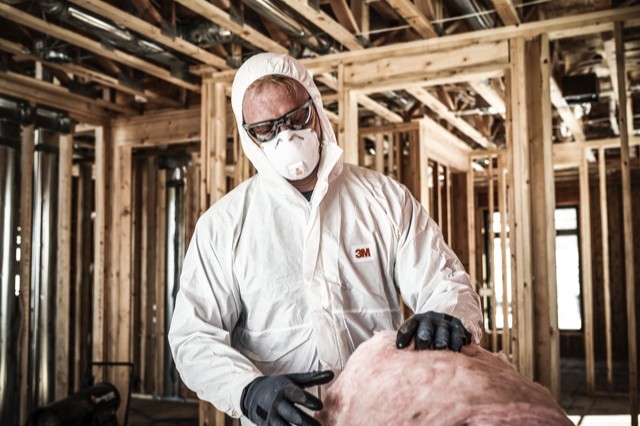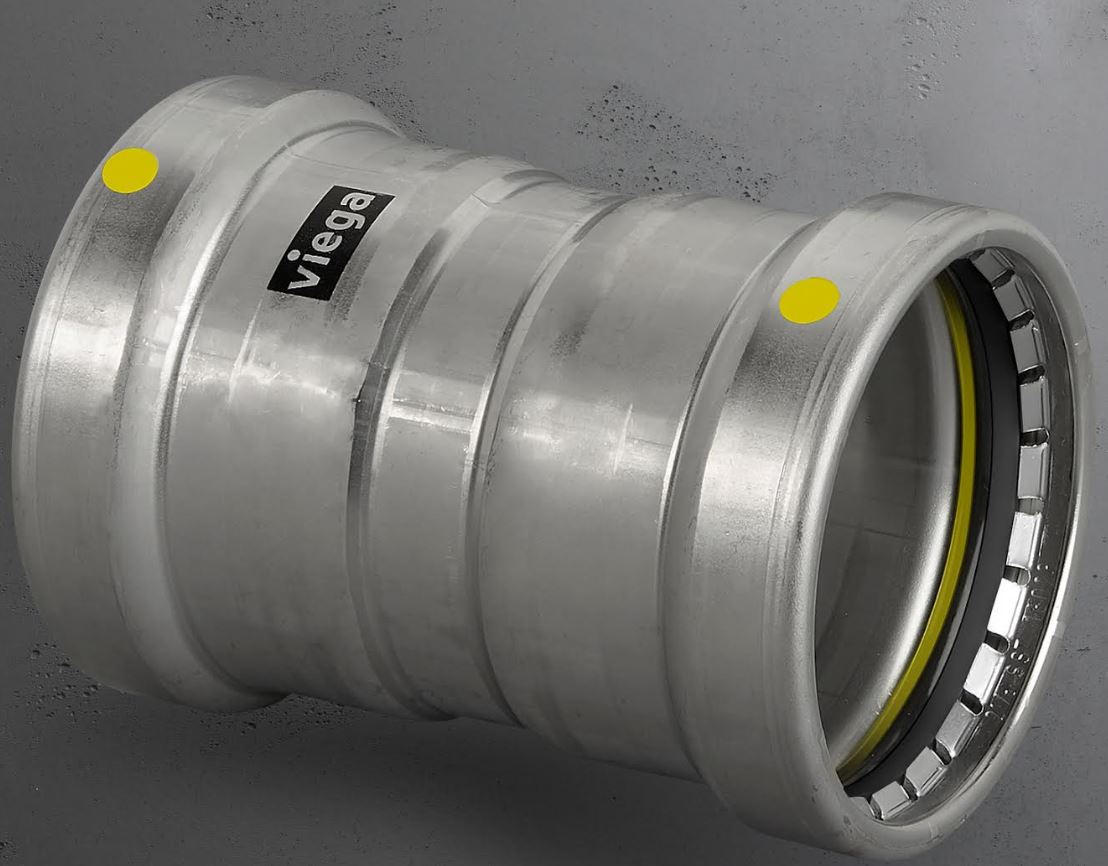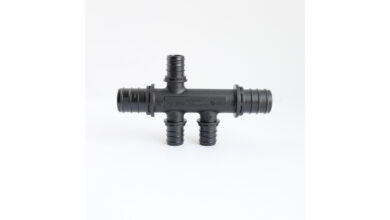
Falls and electric shocks are common hazards HVAC mechanics and technicians face, but don’t overlook dangerous and potentially deadly inhalation risks. Exposure to toxic chemicals, gasses and asphyxiation can be prevented by understanding the risks, wearing the right personal protective equipment and getting properly trained, to ensure HVAC workers stay safe.
Keep the following inhalation hazards in mind when working with HVAC systems and whenever possible, wear a respirator that filters and protects against these specific contaminants.
Hazard #1: Refrigerant leaks
Commercial facilities may use refrigerants to store temperature-controlled products, but inhaling these chemicals can be extremely dangerous. Workers can be exposed to these refrigerants if they leak into the HVAC system. Early symptoms of exposure can include dizziness and excitability, but quickly turn into headaches, nausea, vomiting and seizures.
Storing refrigerants onsite also poses the risk of asphyxiation, or oxygen starvation, in confined spaces. These gasses are heavier than air and will start to displace oxygen in areas with little or poor ventilation. Asphyxiation can also lead to dizziness, headaches and fainting.
Hazard #2: Asbestos
HVAC contractors working on a property’s ductwork and inspecting insulation to find areas of a possible draft can lead to exposure of insulation containing asbestos.
Wearing a P100 respirator will filter at least 99.7% of asbestos particles you can potentially breathe in, as well as mold, lead, cadmium dusts and most welding fumes (burnt metal). P filters are oil-proofed, explicitly providing protection against oil-based (like lubricants, cutting fluids, glycerin, pesticides and solvents), as well as non-oil-based particles like mold and asbestos. The number represents the percentage of airborne particles the filter is able to remove from contaminated air.
In addition to an asbestos respirator, wearing a hazmat suit, gloves and goggles will offer extra protection.
Hazard #3: Silica dust
Silica dust also spreads throughout the air when individuals cut or drill into concrete, masonry and other large minerals used in construction. These fine particles can then leak into the HVAC system, putting HVAC contractors at risk. Exposure will damage the person’s respiratory tract. These particles coat the lungs, making it harder for the body to draw in oxygen. This can lead to shortness of breath, headaches and pneumonia.
Occupational Safety and Health Administration has its permissible exposure limit for respirable crystalline silica as 50 micrograms per cubic meter of air over the course of an 8-hour shift. If a workplace surpasses OSHA’s PEL for silica dust, protection needs to be offered.
For protection from silica dust, a respirator is the way to go with a NIOSH rating of N95 or higher, such as P100. N95 filters will capture 95% of dust particles, including those from silica, but only as long as it fits properly so the air you breathe is filtered.
Hazard #4: CO, CO2, H2S and radon
Hazardous gasses, including carbon monoxide, carbon dioxide, hydrogen, sulfide and radon can also leak into an HVAC system when these gasses are present in a space. These gasses often collect in confined spaces, putting workers at risk of illness and death. They are heavier than air and will displace oxygen levels over time.
Any amount of exposure is considered dangerous and may lead to nausea, dizziness, seizures, fainting and even death. Many of these gasses can be odorless, tasteless and colorless, making them difficult to detect. Workers may not know they are breathing in these substances until symptoms appear. In addition to being equipped with a respirator, HVAC contractors should also consider wearing a portable gas monitor that will detect when these gases are present.
Hazard #5: Bacteria, fungi and viruses
Disease-causing bacteria, mold and airborne viruses can also spread throughout the HVAC system. These particulates can lead to the spread of diseases, including COVID-19. Wearing a P100 respirator will filter at least 99.7% of these particles you can potentially breathe in.
Additional considerations
Assess the risks of the work site before determining what worker safety protection will be needed. Protection against this wide range of potential respiratory hazards can vary and include ventilation, respirators and employee training.
When working on HVAC systems outdoors, these hazards are less of an issue. However, take caution when working indoors. The best way to protect workers from respiratory hazards like refrigerant leaks, CO and CO2, is to improve ventilation while working on indoor units.
For confined spaces, forced-air ventilation uses fresh air, forced in by a fan, to ventilate the area by way of forcing in fresh air that displaces contaminants and dilutes the stale or contaminated air already in the space. Exhaust ventilation uses an exhaust system to remove contaminants at the source. Ventilation blowers or exhaust systems are usually attached to a space by way of a duct to help direct the airflow.
The air intake valve should be kept away from products and activities that can spread hazardous particles throughout the air, including industrial drilling, sawing, as well as storage containers filled with hazardous gasses, i.e., refrigerants. Workers should adhere to the latest storage requirements and guidelines to ensure these gasses don’t leak into the air. Staff can also open a window or door to increase the supply of fresh air when working indoors.
If hazardous gasses are expected to be onsite, gas detectors should be worn to indicate if a leak occurs. The detector will issue a flashing light and audible alarm for maximum employee awareness. Companies should also install HEPA filters in the HVAC system to reduce the spread of airborne particles and viruses that can lead to disease.
Everyone working onsite should understand the risks of breathing in these contaminants. If possible, locating the nearest exit and leaving the building as quickly as possible during a leak will help limit exposure. Workers should have access to PPE, including respirators and face masks, that will filter out toxins like asbestos or silica dust. Some NIOSH-approved respirators may also protect wearers from radon gas. P100 respirators will offer workers some of the best lung protection in most of the situations mentioned above. Last, but not least, Individuals should always conduct a fit test to ensure the respirators fit securely around their nose and mouth.
Rick Pedley is president and CEO of PK Safety.
Learn more at www.pksafety.com
Image courtesy of 3M




